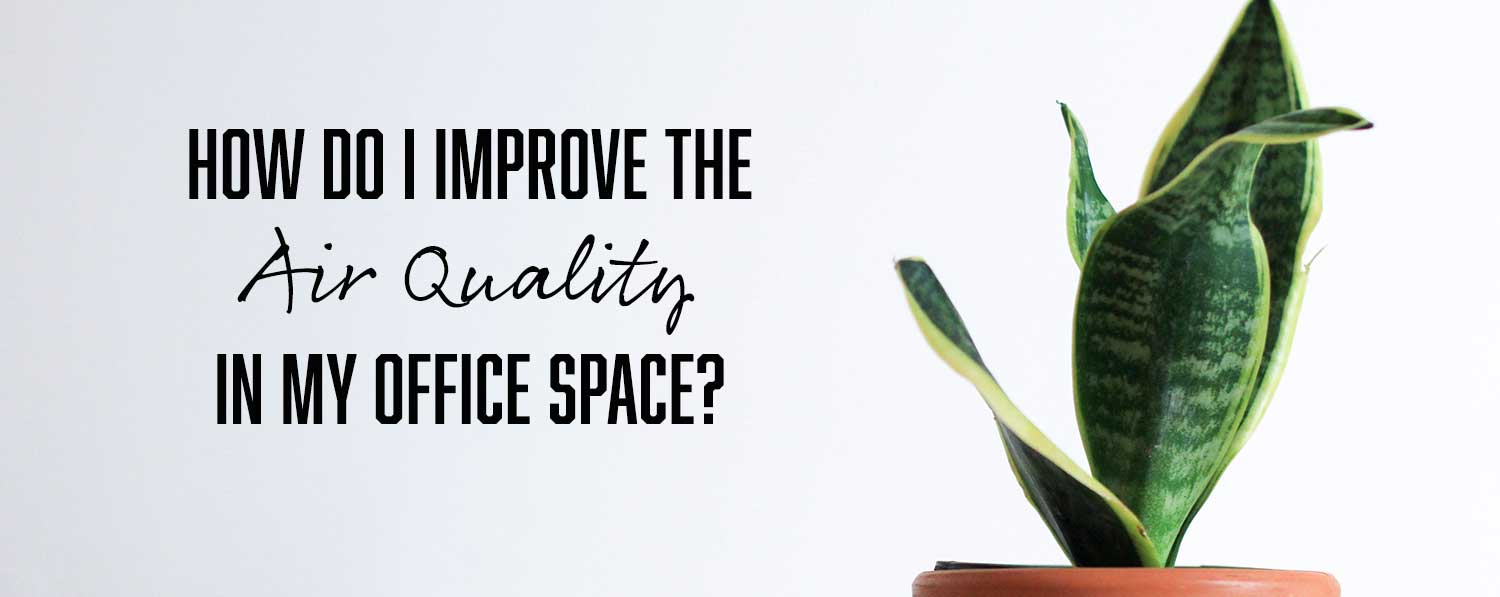Notary Public Underwriters Blog
How do I improve the air quality in my office space?
- Details
- Published: January 2, 2020

Most notaries spend a significant amount of time indoors–either in the home or office–where gas, chemicals and other pollutants can cause headaches, eye irritation, allergies and fatigue. Not to worry! Our list of air-purifying plants can help you clean the air in your work environment.
Whether you work out of a home or in an office building chances are the air you are breathing in day in and day out isn’t doing your body any favors. One of the number one ways our body absorbs pollutants is through the air we breath, and, unfortunately, indoor air contaminates are some of the worst.
Think about it… most of us are indoors 90% of the day. Within a normal home or building there is limited air circulation and filtering. This means the everyday normal contaminates that come off our furniture, appliances, building materials, upholstery and cleaning products are constantly in the air around us and we breath them into our bodies. Indoor air pollution can also be caused by pollen, bacteria, and molds, as outdoor air finds its way into your home or office. All of this can contribute to health issues like dizziness, headaches and nose and eye irritation. This is sometimes called “sick building syndrome”.
What do you have in common with an astronaut? You both need to improve your air quality. NASA has come up with a chart of air purifying plants that cleanse the air of harmful toxic agents like benzene, formaldehyde and trichloroethylene. In order to cleanse your air to the max, NASA recommends placing one of these air purifying beasts every 100 square feet in your home or office.
How do these plants work?
Along with taking in carbon dioxide and releasing oxygen, these amazing works of Mother Nature absorb the harmful toxins cleaning the air you breath. Don’t have a green thumb? Killed more plants than you’ve grown? Don’t worry! Most of these plants are very simple to take care of.
Here is a list of our top 5 favorites at NPU!
Spider Plant – This is one of the easiest indoor plants to grow, making it perfect for the busy notary. It loves bright, indirect sunlight and removes formaldehyde and xylene. Another bonus is that it is non-toxic to our fur pals.
Aloe – Along with removing formaldehyde from the air, aloe lays claim to being filled with a healing liquid containing vitamins, enzymes, amino acids and other compounds that have wound-healing, antibacterial properties. Keep in mind aloe can be toxic to dogs and cats.
Ficus/Weeping Fig – This Asian tree can grow between 2 to 10 feet indoors. It thrives in bright, indirect sunlight and needs the soil to dry out in between waterings. Though it is toxic to dogs and cats, it removes benzene, formaldehyde and trichloroethylene from the air.
Bamboo Palm – This pet friendly plant loves full sun or bright light and can grow 4 to 12 feet high. Since it can grow so big, it can filter quite a bit of air. It removes benzene, formaldehyde and trichloroethylene from your home or office space.
Snake Plant/Mother In-Law’s Tongue – Although the snake plant needs to be watered occasionally, this is one of the hardest house plants to kill. It prefers drier conditions and some sun. It removes benzene, formaldehyde, trichloroethylene and xylene from the air. This one is considered toxic to our fur friends.
Along with purifying the air, indoor plants have been shown to make people feel better by reducing mental fatigue and creating alertness. Gain all these wonderful health benefits by starting your indoor garden today!
For a full list of NASA recommended air-purifying plants visit https://ntrs.nasa.gov/archive/nasa/casi.ntrs.nasa.gov/19930073077.pdf
